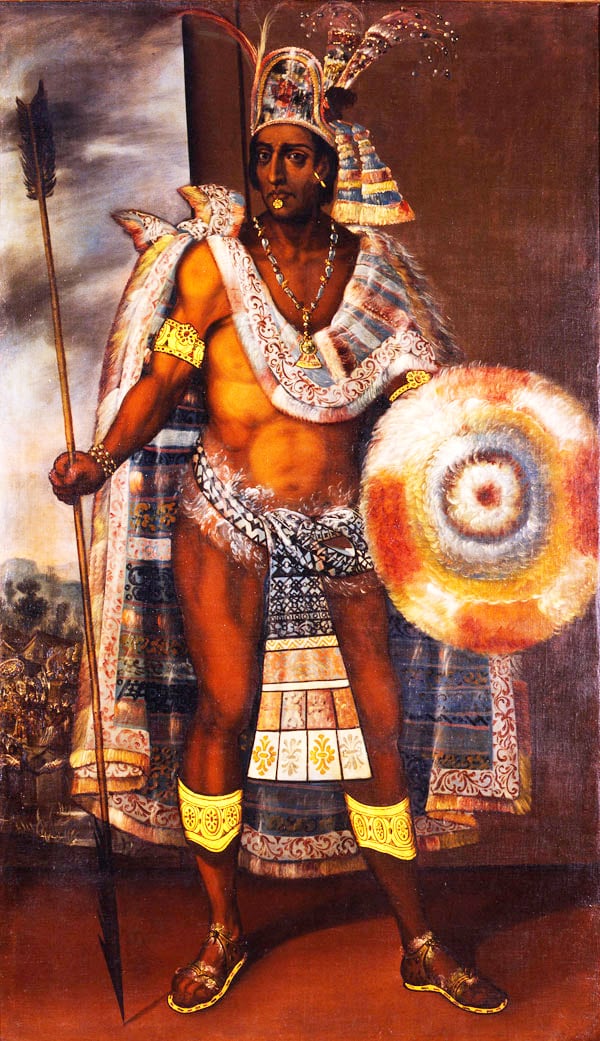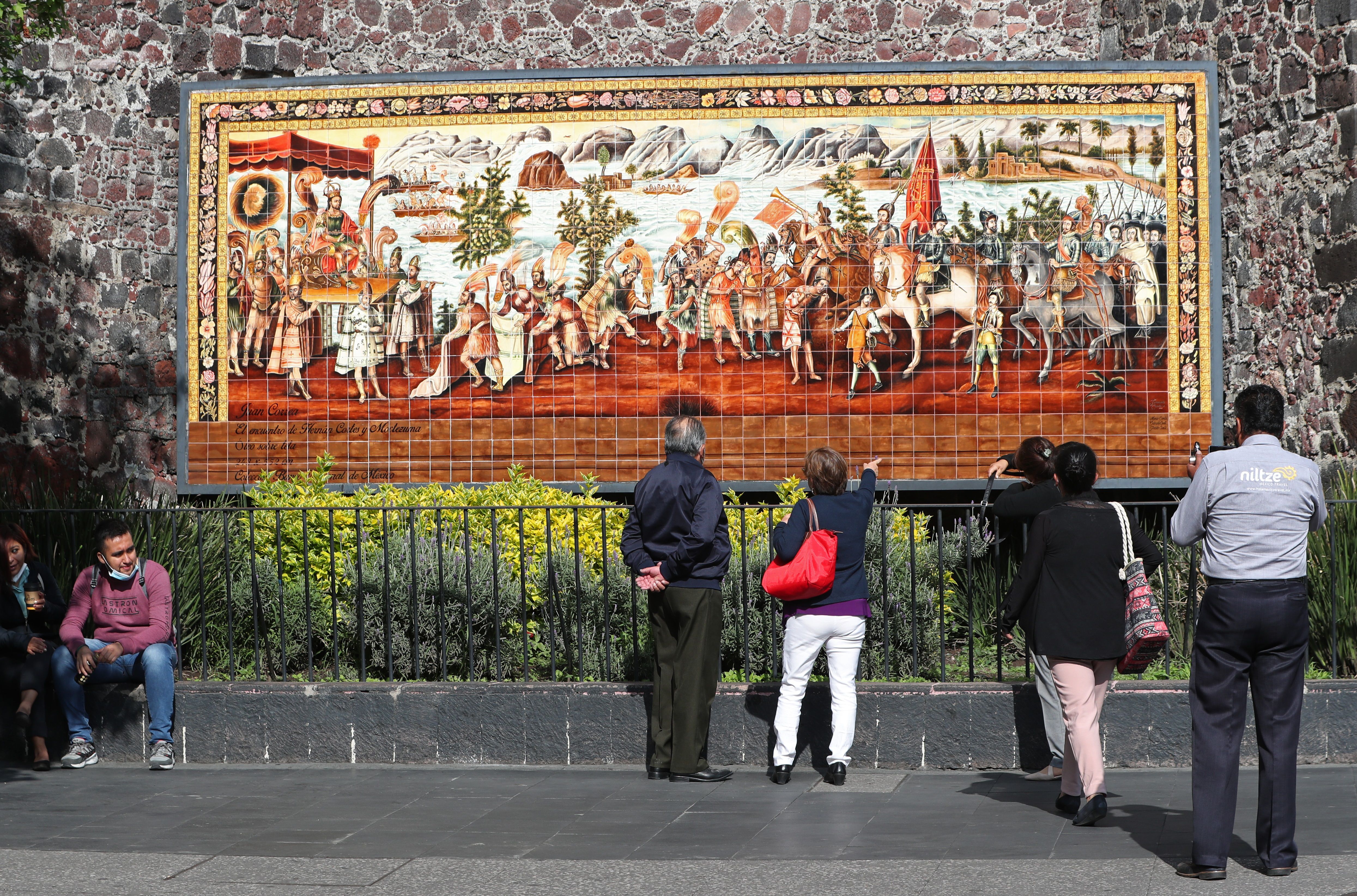
The history of Mexico, before the arrival of Hernán Cortes and the conquest of the country, is very extensive. In addition, there are many things that have not been fully explained, such as the death of the Mexican emperor Moctezuma, who received Cortes and his men in Tenochtitlan, in 1519.
Moctezuma was one of the most important Tlatoanis that Tenochtitlan and the Mexica empire had. Upon the arrival of Cortes and his men, as well as the indigenous allies, he received them at what is now the corner of República del Salvador and Pino Suárez Streets, in the Historic Center of Mexico City. This meeting took place on November 8, 1519.
From that meeting, Mexico's history would change completely. The following year, in 1520, the tlatoani mexica would die. There are many versions of the death of Moctezuma, however, there is not one that clarifies what happened to him at all.
According to the page Noticonquista, belonging to the National Autonomous University of Mexico (UNAM), there is no doubt that the emperor was assassinated, this in late 1520. This means that Moctezuma died just in the middle of the war fought by the Spaniards and their indigenous allies, and the Mexicas. For the first 14 months, after the arrival of the Spaniards in Mexican territory, this had been a cold war, as the open war, on a large scale, began in May 1520. For the next 14 months, the massacre and enslavement would not cease. Contrary to what Hernán Cortes said, Moctezuma was not taken prisoner by the Spaniards, until May, when the war began openly, or perhaps, until the following month.

Captured by the Spanish-Tlaxcaltec forces besieged in the city, the huey tlahtoani died at the end of June, a few days before the invaders fled Tenochtitlan.
There are five versions that talk about the death of the tlatoani mexica. The first is the one that Cortes himself recounted to the king of Spain later, in the same year of 1520. In this version, Moctezuma was removed from the roof of the Axayácatl Palace, where a stone thrown by people gave him a very large wound on his head, so he three days later he would die. Cortes did not file accusations, justifying that it had been accidental.
The second version is similar, but adds the element of guilt: that the “rebel Mexicas” deliberately threw stones, as well as arrows and insults. This version began to appear in the second half of the 16th century, and predominated throughout the 17th century.
The third version, which also appeared in the 16th century, represents an evolution of the second. In this one, Moctezuma is very distressed, because his people have turned against him. He refuses to eat, drink and even change the dressing of his wounds. In other words, he commits suicide, despite the efforts of the Spaniards to save him. This version makes the Spaniards look innocent and blames the Mexicas, therefore, it is not surprising that it was the most favored by Spanish writers.

The fourth version was built on the second and third versions, but with a new detail: the murderers are not anonymous Mexica rebels, but followers of whoever was the last Mexican emperor Cuauhtémoc. There are even variants that claim that Cuauhtémoc himself was the murderer. Cuauhtémoc's motives are not only political, in order to consolidate himself as the new huey tlatoani, but also religious, because in this version Moctezuma is imagined as a convert to Christianity.
The fifth and final version is the only one that absolves both Moctezuma and the Mexicas, and points to the Spanish captains. This version talks about different methods that the Spaniards used to assassinate the emperor, by strangulation, beating him to death, a stab wound in one or another part of the body, but blaming Cortes and other captains for either ordering the murder or for committing it with their bare hands. This is the least fanciful version, made in the early 16th century and was not only written by Nahuas, but also by several Spanish and semi-indigenous sources.
KEEP READING:
Últimas Noticias
Debanhi Escobar: they secured the motel where she was found lifeless in a cistern
Members of the Specialized Prosecutor's Office in Nuevo León secured the Nueva Castilla Motel as part of the investigations into the case

The oldest person in the world died at the age of 119
Kane Tanaka lived in Japan. She was born six months earlier than George Orwell, the same year that the Wright brothers first flew, and Marie Curie became the first woman to win a Nobel Prize

Macabre find in CDMX: they left a body bagged and tied in a taxi
The body was left in the back seats of the car. It was covered with black bags and tied with industrial tape
The eagles of America will face Manchester City in a duel of legends. Here are the details
The top Mexican football champion will play a match with Pep Guardiola's squad in the Lone Star Cup

Why is it good to bring dogs out to know the world when they are puppies
A so-called protection against the spread of diseases threatens the integral development of dogs




